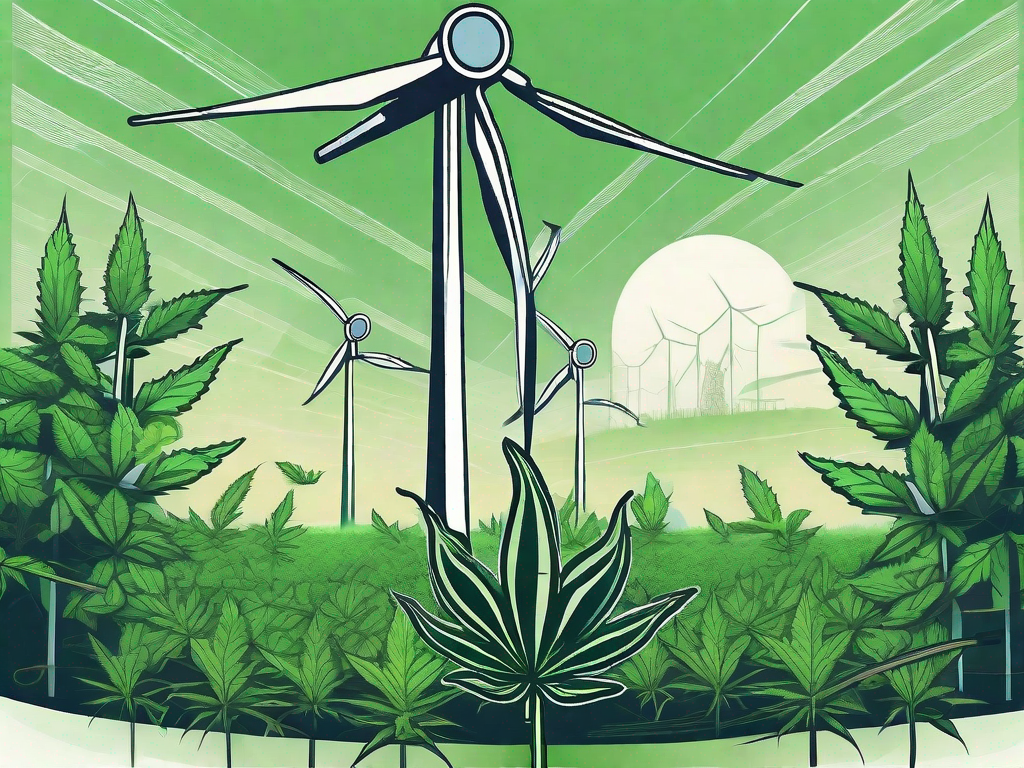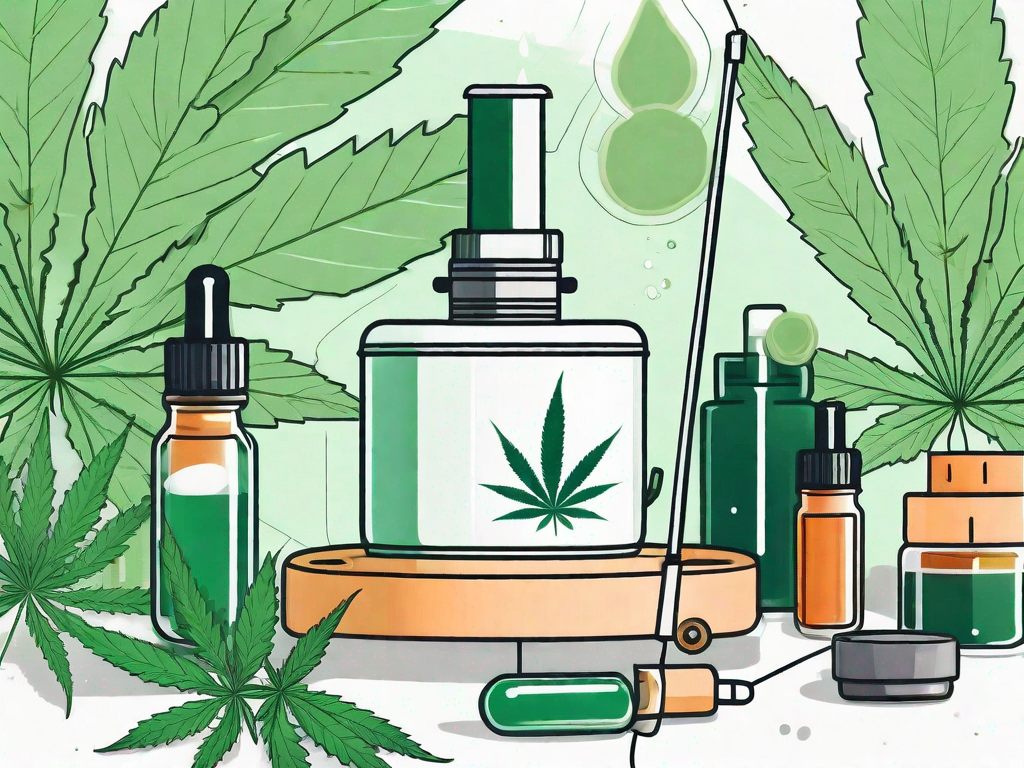The Science of Cannabis Extraction: Methods, Purity, and Products

The Science of Cannabis Extraction: Methods, Purity, and Products
Cannabis extraction is a fascinating process that involves the separation of cannabinoids from the plant matter to create a concentrate. This concentrate is then used in various products, from edibles to oils, tinctures, and more. The science behind it is complex, but we'll break it down into understandable chunks.
Understanding Cannabis Extraction
The goal of cannabis extraction is to isolate cannabinoids, the active compounds in cannabis, from the plant material. There are over 100 known cannabinoids, but the most well-known are THC (tetrahydrocannabinol) and CBD (cannabidiol). THC is psychoactive, meaning it causes the "high" associated with cannabis use, while CBD is non-psychoactive and is often used for its potential health benefits.
Extraction methods vary, but they all involve separating the cannabinoids from the plant material. This is done using a solvent, which can be a liquid, gas, or supercritical fluid. The solvent dissolves the cannabinoids, allowing them to be separated from the plant material. The solvent is then removed, leaving behind the cannabinoid concentrate.
Methods of Cannabis Extraction
There are several methods of cannabis extraction, each with its own advantages and disadvantages. The method chosen often depends on the desired end product and the resources available.
CO2 Extraction
CO2 extraction uses carbon dioxide under high pressure and low temperatures to isolate cannabinoids. This method is popular because it's safe, efficient, and produces a high-quality concentrate. However, it requires expensive, specialized equipment, making it less accessible for home growers.
The process involves passing supercritical CO2 (CO2 at a state where it acts as both a liquid and a gas) through cannabis in an extraction chamber. The CO2 dissolves the cannabinoids, which are then separated from the plant material. The CO2 is then depressurized, leaving behind the cannabinoid concentrate.
Hydrocarbon Extraction
Hydrocarbon extraction uses solvents like butane or propane to extract cannabinoids. This method is less expensive than CO2 extraction and can produce high-quality concentrates. However, it's also more dangerous due to the flammability of the solvents used.
In this method, the solvent is passed through cannabis in an extraction chamber. The solvent dissolves the cannabinoids, which are then separated from the plant material. The solvent is then removed through evaporation, leaving behind the cannabinoid concentrate.
Alcohol Extraction
Alcohol extraction, also known as ethanol extraction, uses ethanol to extract cannabinoids. This method is simple and accessible, making it popular for home growers. However, it can also extract unwanted compounds like chlorophyll, which can affect the taste and quality of the concentrate.
In this method, the cannabis is soaked in ethanol, which dissolves the cannabinoids. The mixture is then strained to remove the plant material, and the ethanol is evaporated, leaving behind the cannabinoid concentrate.
Purity and Safety in Cannabis Extraction
The purity of the final product is a crucial factor in cannabis extraction. Impurities can affect the taste, quality, and safety of the concentrate. Therefore, it's essential to use clean, high-quality cannabis and solvents in the extraction process.
Residual solvents are a concern in cannabis extraction. These are solvents that remain in the concentrate after the extraction process. They can be harmful if ingested or inhaled, so it's crucial to remove them completely. This is usually done through a process called purging, which involves heating the concentrate to evaporate the residual solvents.
Another concern is the presence of contaminants in the cannabis or the solvent. These can include pesticides, heavy metals, and microbial contaminants. These can be harmful if ingested or inhaled, so it's crucial to use cannabis and solvents that have been tested and are free from contaminants.
Cannabis Extraction Products
Cannabis concentrates can be used in a variety of products. These include edibles, oils, tinctures, topicals, and more. The type of product often depends on the extraction method used and the desired effects.
Edibles
Edibles are food products infused with cannabis concentrates. They can include anything from cookies and brownies to gummies and chocolates. Edibles offer a discreet and tasty way to consume cannabis, but they can take longer to take effect than other methods.
Oils and Tinctures
Cannabis oils and tinctures are liquid products that can be consumed orally or applied topically. They're often used for their potential health benefits, such as pain relief or anxiety reduction. Oils and tinctures offer a convenient and precise way to consume cannabis, as they can be easily measured and dosed.
Topicals
Topicals are products like creams, lotions, and balms that are applied to the skin. They're often used for localized pain relief or skin conditions. Topicals don't produce a "high," making them a good option for those who want the potential benefits of cannabis without the psychoactive effects.
In conclusion, the science of cannabis extraction is a complex but fascinating field. It involves a delicate balance of chemistry and engineering to produce high-quality, safe, and effective products. As the cannabis industry continues to grow, so too will the science and technology behind cannabis extraction.



